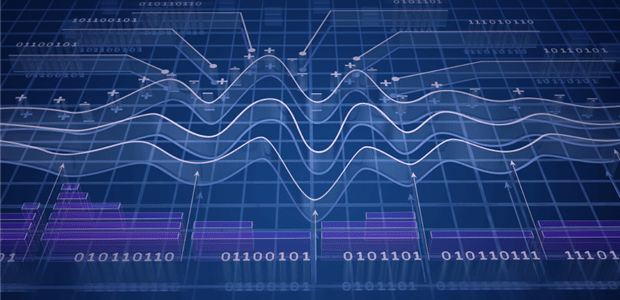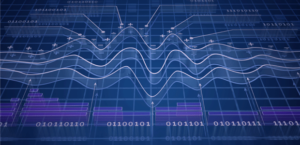Data Analytics - Prescriptive vs Descriptive

 You’ve collected tons of data. You’ve got terabytes and terabytes of data. You are happy because you’ve got data. But, what are you going to do with that data?You’ll analyze it of course. But how are you going to analyze it and what are you going to do with that analysis? How does data analytics come into play?
You’ve collected tons of data. You’ve got terabytes and terabytes of data. You are happy because you’ve got data. But, what are you going to do with that data?You’ll analyze it of course. But how are you going to analyze it and what are you going to do with that analysis? How does data analytics come into play?
Will you use your data to predict service outages or will you use your data to describe those service outages? Your answer to the ‘how’ and the ‘what’ questions are important to the success of your big data initiatives.
Two different approaches to Data Analytics
There are two basic approaches to data analytics – descriptive and prescriptive. Some folks out there might add a third type called ‘predictive,’ but I feel like predictive and prescriptive are built on top of one other (prescriptive requires predictive) – so i tend to lump prescriptive and predictive analytics together while others keep them separated.
Let’s dig into the two different types of analytics.
Descriptive analytics
Descriptive analytics are pretty much what they sound like. Using statistical analysis, you ‘describes’ and summarizes the data using simple and complex statistical analysis techniques. Using aggregation, filtering and statistical methods, data is described using counts, means, sums, percentages, min/max values and other descriptive values to help you (and others) understand the data. Descriptive analytics can tell you what has happened or what is happening now.
Prescriptive analytics
Prescriptive analytics are based on modeling data to understand what could happen and, eventually recommend what the next step should be based on previous steps taken. Using data modeling, machine learning and complex statistical methods, analysts can build models to forecast possible outcomes (e.g., forecasting inventory levels in a store). From that model, additional data can be fed back into the model (i.e., a feedback loop) to then build a prescriptive model to help users determine what you should do given a particular forecast and/or action that occurs. Prescriptive analytics can help you understand what might happen as well as help you make a decision about how to react.
Both approaches to data analytics are important. You must use descriptive analytics to understand your data. To make that data useful, you should use prescriptive (and/or predictive) analytics to understand how changes within your dataset can change your business.
To use the ‘data -> information -> knowledge’ construct, descriptive analytics gets you some information while prescriptive (and/or predictive) gets you into realm of knowledge.
Are you Descriptive or Prescriptive?
In my experience most people today are stuck in the descriptive analytics realm. They are filtering, measuring and analyzing terabytes of data. They understand their data better than anyone ever and they can point to new measures and knowledge gained from this analysis. That said, they are missing out on quite a lot of value by not diving into prescriptive (and/or predictive) analytical approaches.
When I run across ‘data scientists’ (using the term liberally), I always ask about modeling, forecasting and decision support techniques. Many (most) look at me like I’m crazy. They then drive the conversation back towards the things they know about. Filtering, averaging, analyzing, describing data. They can tell me things like ‘average social shares’ and ‘click-through-rates’ but they can’t tell me much more than that. These are absolutely necessary and good pieces of information for an organization to have, but until they are put into action and used for something, they’ll not turn into ‘knowledge.’
Prescriptive analytics is much more involved than descriptive analytics. Just about anyone can do descriptive analytics with the right amount of tools. Prescriptive analytics is where you find the real tried and true data scientists. They are the ones building models, testing those models and then putting those models into use within an organization to help drive business activity.
If you are ‘doing’ big data and are only doing descriptive analytics, you aren’t seeing the entire value of big data and data analytics. You need to find a way to move into prescriptive (and/or predictive) analytics quickly.


Comments ()